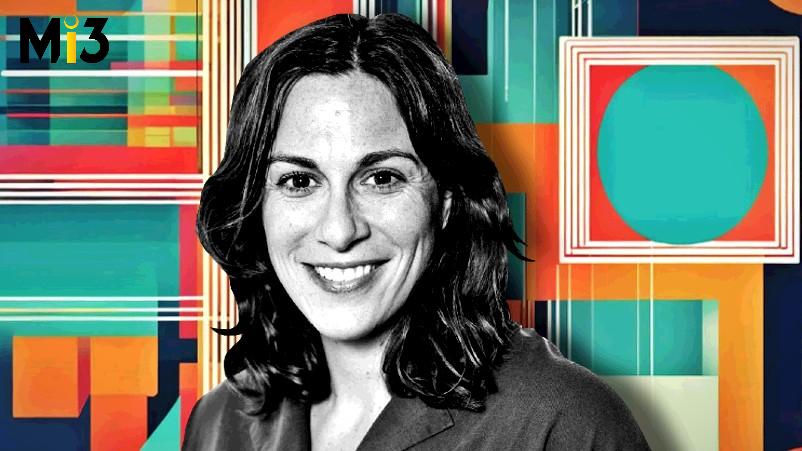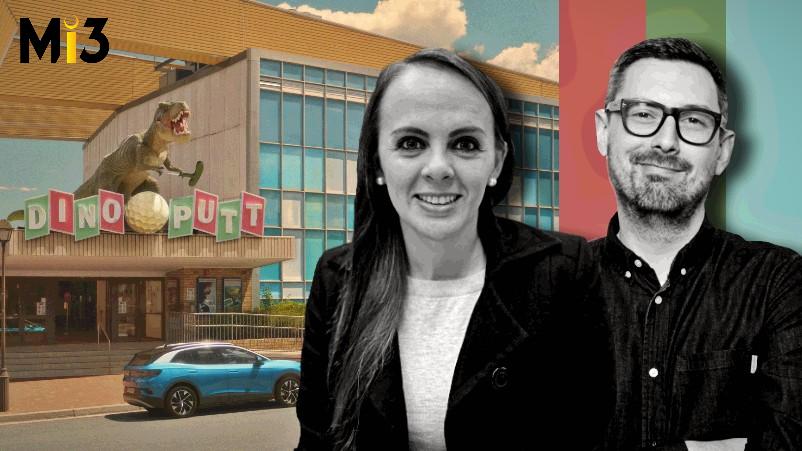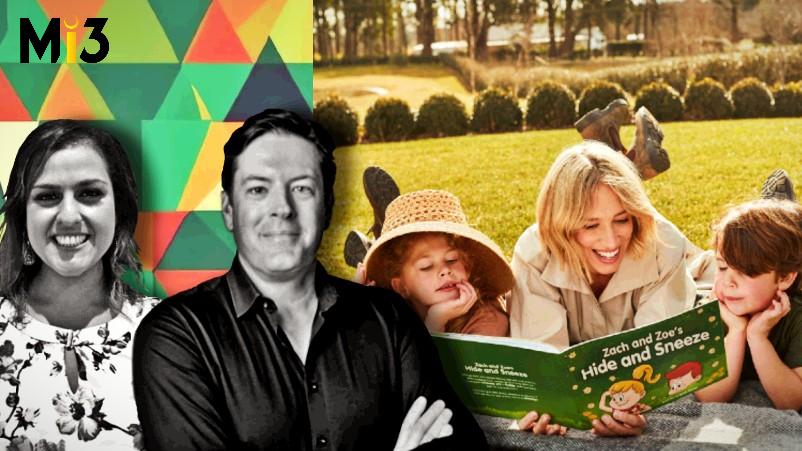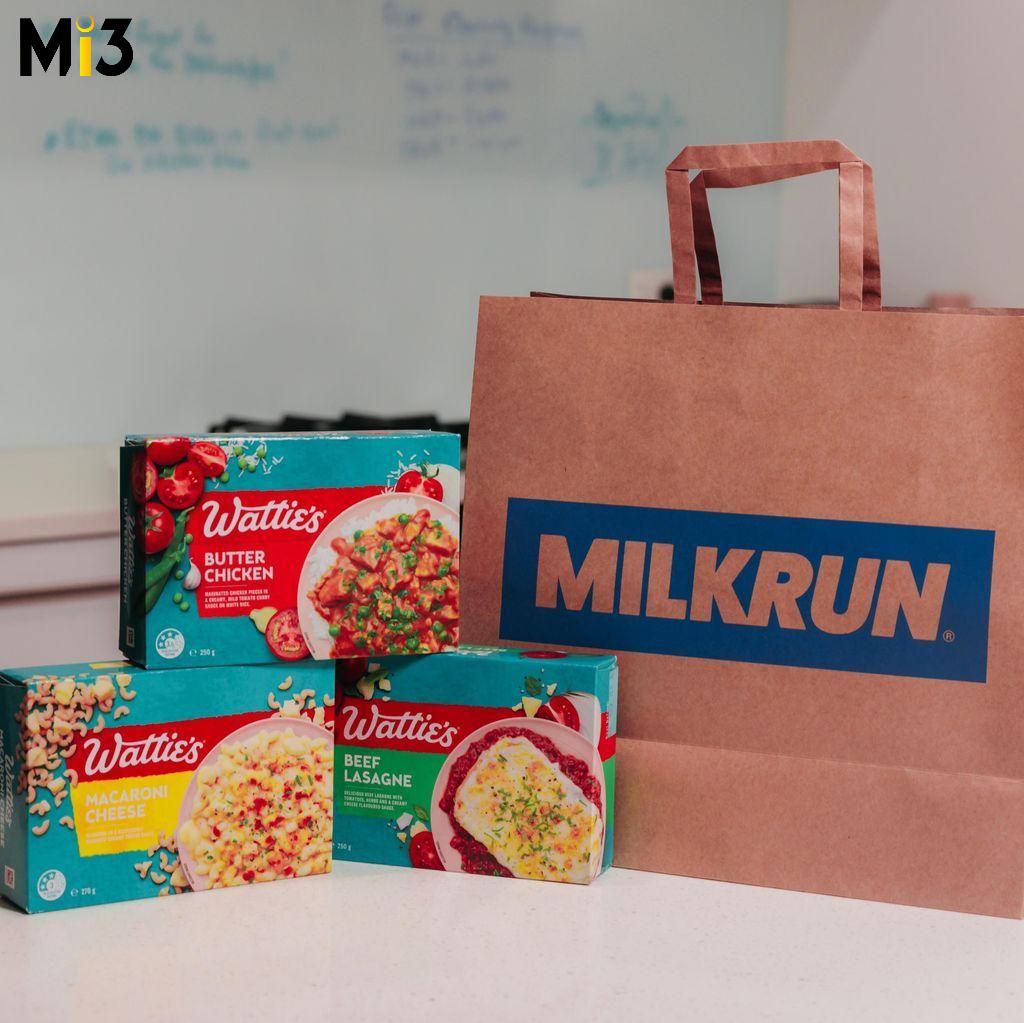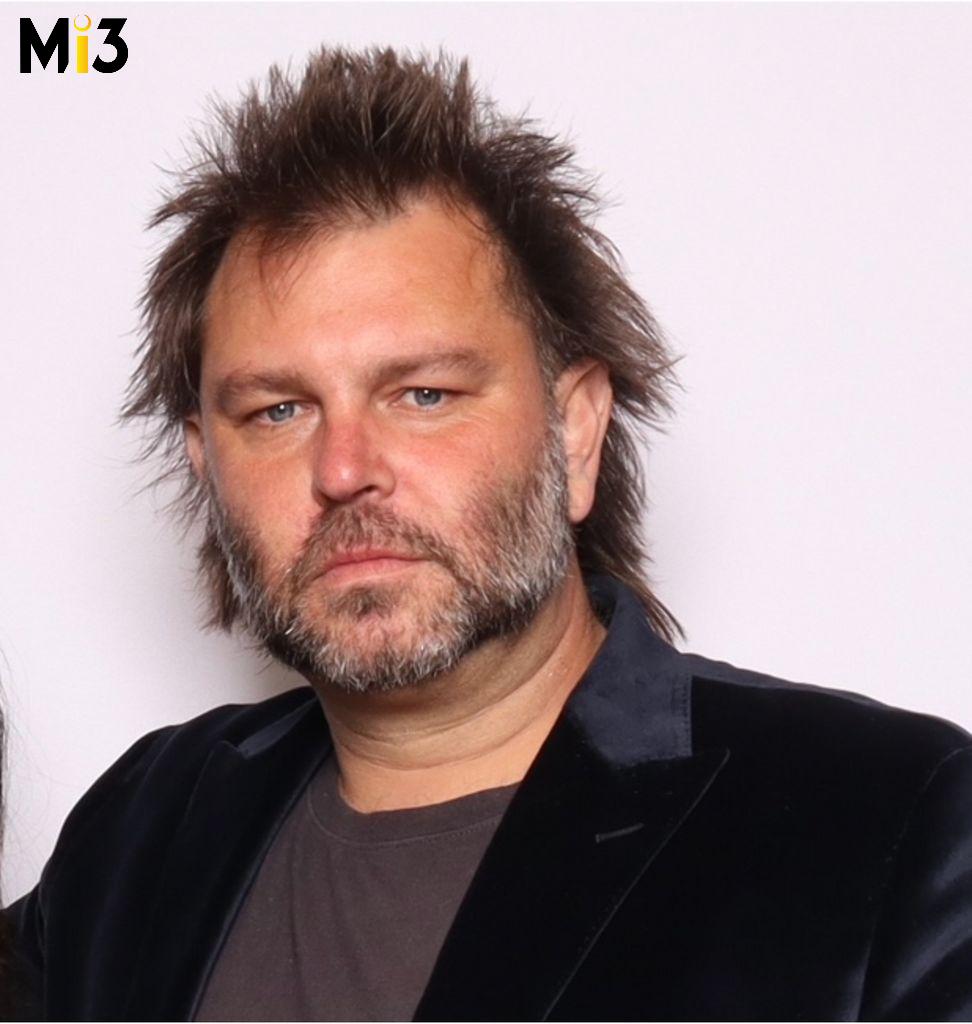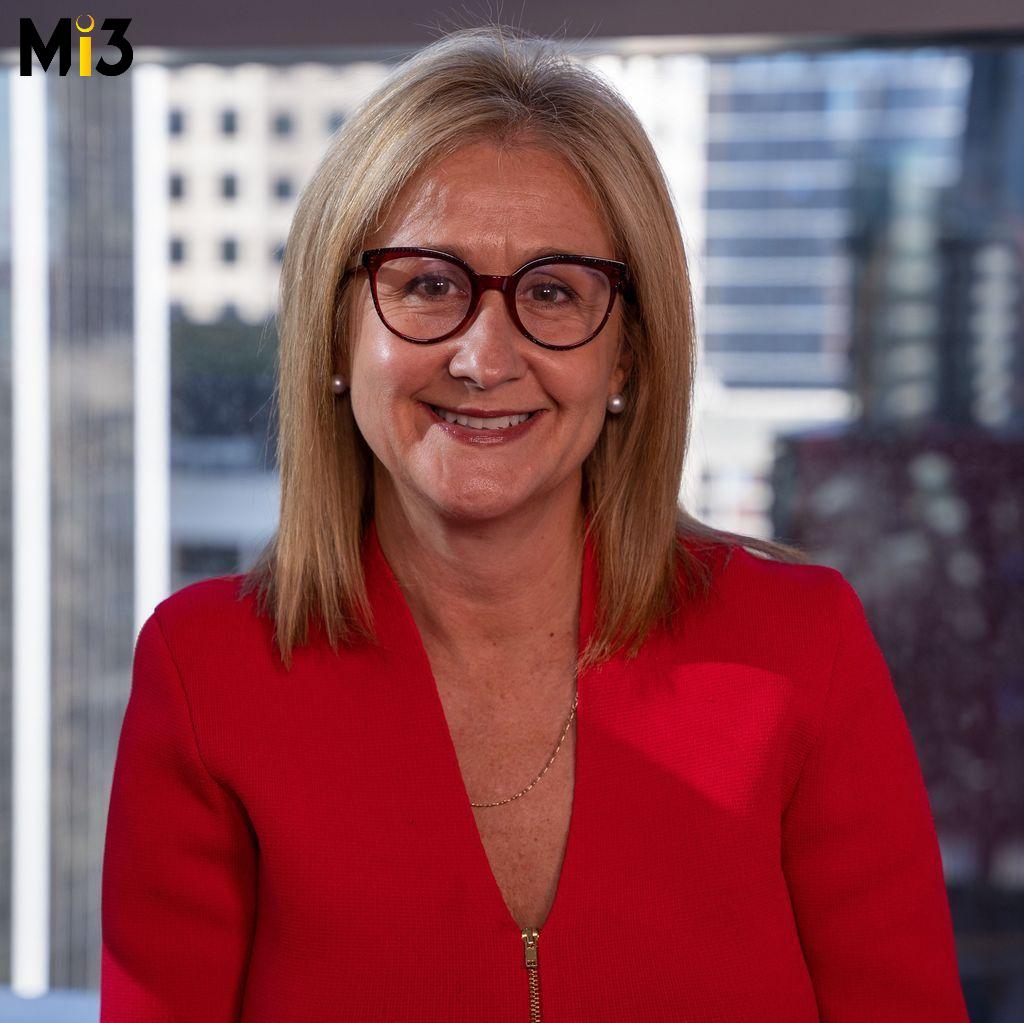Unilever has reported underlying sales growth of 3.4% in the first half of 2025, supported by balanced gains in volume and price, as the company prepares to demerge its Ice Cream business into a standalone listed entity.
Author: admin
Colonial First State leverages AI for enhanced customer support
Colonial First State (CFS) is advancing its customer support and business operations through the integration of generative AI tools. In collaboration with Avanade and Microsoft, CFS is launching AI pilot programs aimed at improving customer service, advisor support, and operational efficiency.
‘Naughty boys and girls’: Privacy regulator ‘has had a gutful of warnings always being ignored’ by industry – adtech, geo-location, data sharing, brand website tracking pixels and CX under enforcement notice
If you’re in the business of advertising, customer-facing tech, media, data sharing, including the ‘anonymised’ first party type – or collect customer and consumer information down to a name, address, email, e-com transaction or web page visit – you’re on official notice by the privacy regulator. And that’s before we get to deploying AI to analyse your customer data for “insights” without explicit individual consent. Privacy advisors, including the former Australian Privacy Commissioner, Malcom Crompton, were unanimous in their assessment of an official communique yesterday from the Office of the Australian Information Commissioner [OAIC] Office and a Privacy Commissioner with new powers: privacy-bending practices will be prosecuted in the next 12 months.
Car yard confusion, EV hesitancy and campaign cut through: Why emotional, human storytelling had to be the brand play for Volkswagen’s electric debut
Emotive human connection that cuts through the car yard clutter and sells Volkswagen’s brand and driving heritage first, its trio of new electric vehicles second, is the gameplan behind chapter two of the automotive company’s latest Australian campaign play, ‘Batteries Included’. Volkswagen Australia’s head of brand and marketing, Bianca Botma, and DDB Sydney head of brand performance, Michael Sinclair, unpack what they’ve been doing to floor the brand pedal as their most effective marketing vehicle.
ACCC fines Webjet $9 million for misleading airfare pricing and booking practices
The Federal Court has imposed a $9 million penalty on Webjet for making false or misleading statements regarding airfare prices and booking confirmations. The travel services provider admitted to misleading consumers by advertising airfares that did not include compulsory fees via its website, promotional emails and social media posts between 2018 and 2023.
New brand playbook: How Zyrtec and Publicis put engagement before blunt reach, printed a kids storybook, hired a ‘mumfluencer’, pumped sales 24%
Antihistamine brand Zyrtec has written a new brand playbook – a printed kids story that along with “mumfluencer” Phoebe Burgess and a tight paid-owned-earned strategy has boosted unit sales 23.9 per cent and acquired 24,000 new household customers within 12 months, rapidly driving market share gains. It’s a literal textbook example of consumer insight to brand action to execution – and marketing manager Simone Tawadros and Publicis Collective chief client officer, Helge Gruettke are already planning the next chapter.
Wattie’s extends ‘Feed the Love’ platform with integrated delivery campaign targeting young Kiwis
Kraft Heinz’s frozen meals brand, Wattie’s, has launched a new integrated campaign aimed at young New Zealanders. The campaign is creatively led by brand activation agency Curious Nation in collaboration with Kraft Heinz’s internal agency, The Kitchen.
Former marketing leader Andrew Howie gets Gallant, sets up creative consultancy to tackle dull advertising
Former Taco Bell, Amazon and Meat and Livestock marketer, Andrew Howie, has debuted his own agency with the aim of helping CMOs make “advertising more interesting” through more concerted creative efforts.
Medibank confirms former Swinburne Uni marketing chief Carolyn Bendall as interim CMO
Medibank has recruited former Swinburne University marketing chief, Carolyn Bendall, as interim CMO, a role left vacant since the tragic passing of Lisa Ronson last November.
Monash Uni recruits former NAB personal banking lead as exec director of marketing
Donna Pidduck has switched banking for the tertiary textbooks, joining Monash University as executive director of marketing.



